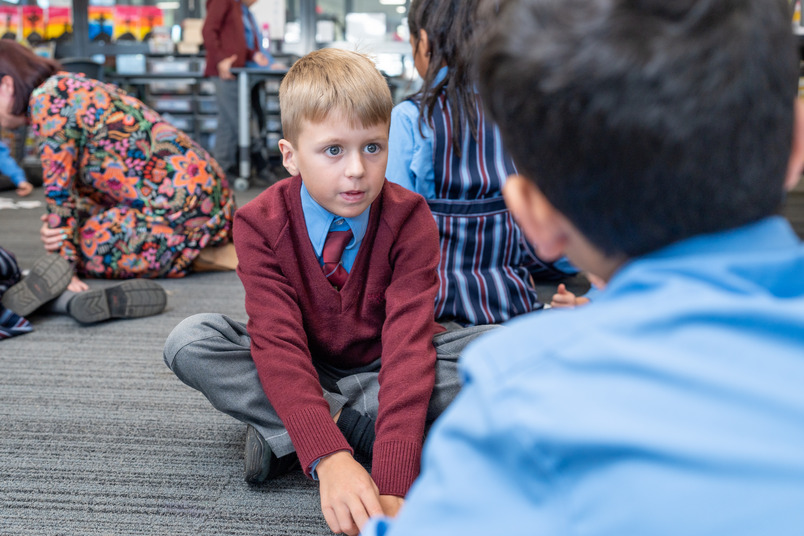Multiplication: reSolve Market
View Sequence overviewThe array powerfully represents the ‘how many groups’ and ‘how much in each group’ structure of multiplication.
Whole class
reSolve Market PowerPoint
Each group
Number cards printed onto A4 card and cut out
Counters (at least 100)
Each student
Making arrays Student sheet
Build
Use slide 14 of the reSolve Market PowerPoint to explain to students the Making arrays activity.
Students work in pairs. Each pair needs a set of cards and a collection of counters. Each student needs their own copy of Making arrays Student sheet.
Completing the activity
- The first student selects a number card. Both students collect that number of counters.
- Each student works on their own to arrange their full collection of counters into an array. They record a picture of their array and the corresponding fact family on their student sheet.
- The students compare their arrays and talk about the similarities and differences that they notice.
- The second student selects a card, and the pair repeat the activity.
Making arrays

Student attention is focused on the structure of their array as they record its details in their student sheet. They record the rows and columns in the array as multiplication facts.
The numbers selected for this activity each have multiple factors which will increase the likelihood that students will make different arrays to their partners. This allows students to compare arrays and see that some numbers can be represented using different multiplication facts. Building different rectangular arrays for the same number provides students with experiences that enable them to recognise and identify factors.
Student attention is focused on the structure of their array as they record its details in their student sheet. They record the rows and columns in the array as multiplication facts.
The numbers selected for this activity each have multiple factors which will increase the likelihood that students will make different arrays to their partners. This allows students to compare arrays and see that some numbers can be represented using different multiplication facts. Building different rectangular arrays for the same number provides students with experiences that enable them to recognise and identify factors.